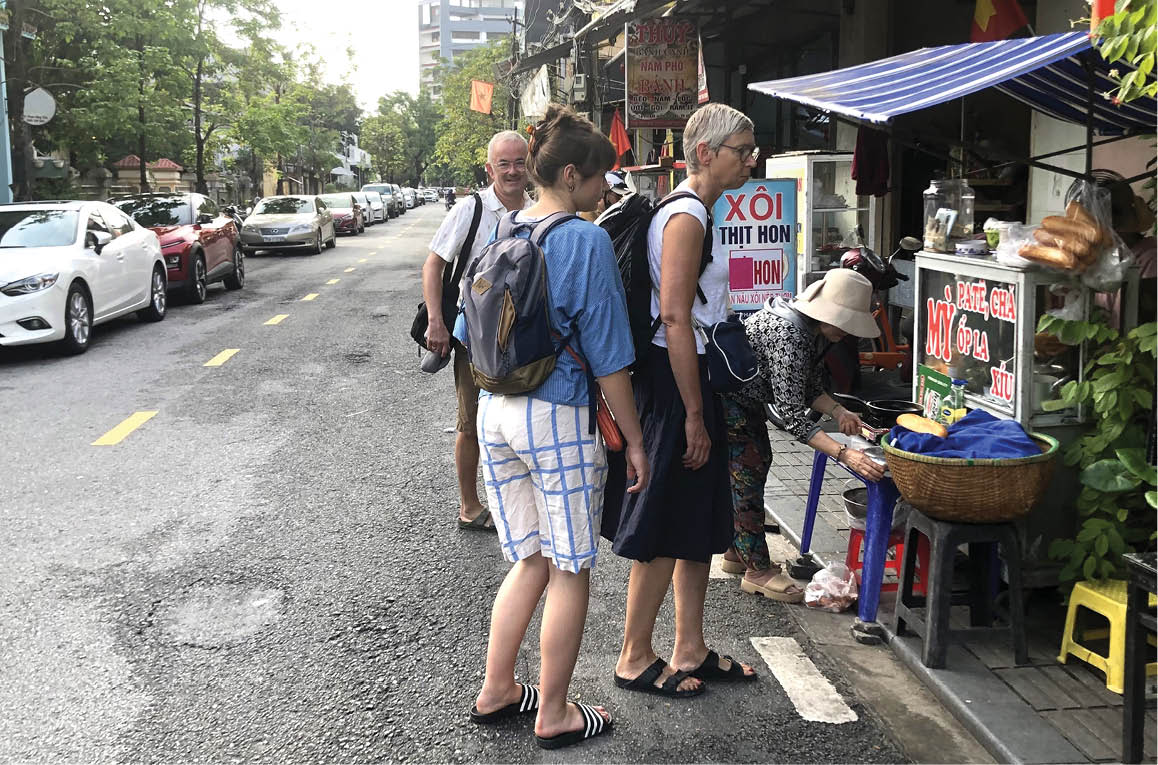 |
| It is necessary to plan sidewalk shopping and business locations to ensure the safety of tourists when walking on the street. |
Sidewalks are public spaces for pedestrians, but have long been “divided” for many different purposes. From sidewalk cafes, street vendors, makeshift kiosks to motorbikes parked in the middle of the road. This situation has forced pedestrians to move onto the road, posing many potential traffic safety risks.
It is not difficult to see a scene where one side of the sidewalk is decorated with tables and chairs, the other side is full of goods, while the pedestrian area is only a small path. Just take two long-standing peaceful streets on both banks of the An Cuu River, Phan Chu Trinh and Phan Dinh Phung. The image of the sidewalks of these two streets is shabby, with mobile roofs and patchwork billboards, which have reduced the elegance that is the "brand" of Hue .
It is known that recently, the local government has made great efforts to restore urban order. Many sidewalks on the streets have been cleared and cleared. However, after a short time, the situation of sidewalk encroachment has recurred. The underlying cause is that the approach is still campaign-like, lacking regular monitoring and has not solved the problem of people's livelihoods.
For many people, the sidewalk is a place for business, providing the main source of income for the whole family. Some street vendors have existed for decades. Simply "eliminating" without any alternative solutions can easily create negative reactions, causing people to lose trust in the government.
Therefore, in addition to resolutely handling illegal encroachments, local authorities need to have a flexible and humane approach, aiming to organize and re-plan sidewalk spaces in a scientific and harmonious way. Streets with wide sidewalks and low pedestrian density can pilot the "multi-functional sidewalk" model, ensuring both clear walkways and arranging compact, standard business areas such as newspaper stands, mobile cafes, souvenir shops, etc. These activities not only create livelihoods but also contribute to enriching urban life and increasing Hue's tourism appeal.
Local authorities need to conduct surveys and classify each route specifically, clearly identifying which areas need to keep sidewalks for pedestrians and which can be used for fixed business locations. Each area needs its own management regulations, which are public, transparent, and closely monitored by the government and the people. When there is consensus, this model will be sustainable and avoid the situation of "blocking the head, growing the tail".
Along with that, propaganda and mobilization of people is also a very important factor. When people understand that keeping the sidewalk clean is not only a responsibility but also a common right, helping to create a more civilized and safer living environment, people will voluntarily do it.
Restoring order to the sidewalks is a necessary task, but it must be done with the spirit of "reason and love". Hue is moving towards becoming a heritage city, a green and livable city, so each street and sidewalk needs to be planned, organized and rearranged to be neater, more aesthetic and friendly. A civilized city is not only measured by clean and beautiful streets but also by the harmonious behavior between state management and the livelihood needs of the people. When order is established in consensus, when every citizen is aware of preserving the common sidewalks, Hue will truly become a city that is both safe and lovable in the eyes of tourists and locals.
Source: https://huengaynay.vn/kinh-te/can-sap-xep-de-hai-hoa-giua-sinh-ke-va-trat-tu-do-thi-159279.html



![[Photo] President Luong Cuong attends the 80th Anniversary of the Traditional Day of the Armed Forces of Military Region 3](https://vphoto.vietnam.vn/thumb/1200x675/vietnam/resource/IMAGE/2025/10/28/1761635584312_ndo_br_1-jpg.webp)

![[Photo] Draft documents of the 14th Party Congress reach people at the Commune Cultural Post Offices](https://vphoto.vietnam.vn/thumb/1200x675/vietnam/resource/IMAGE/2025/10/28/1761642182616_du-thao-tai-tinh-hung-yen-4070-5235-jpg.webp)


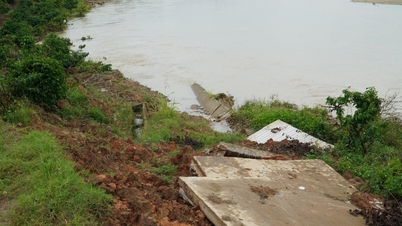



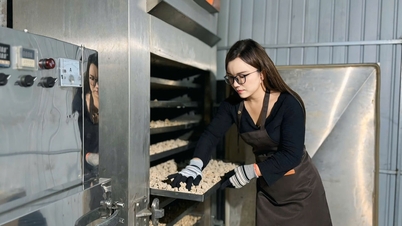

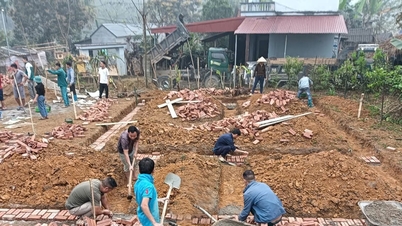

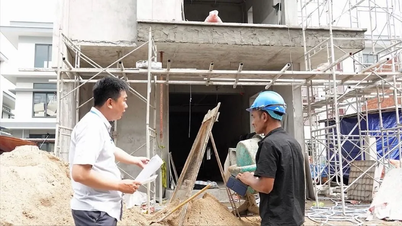


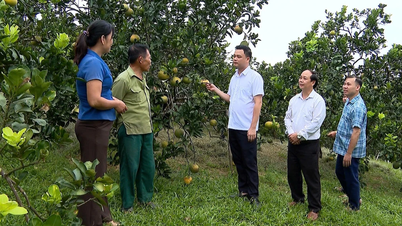

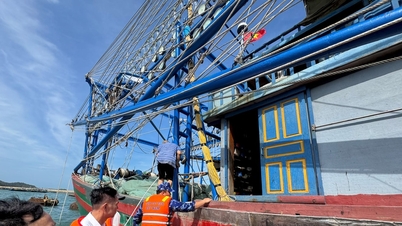

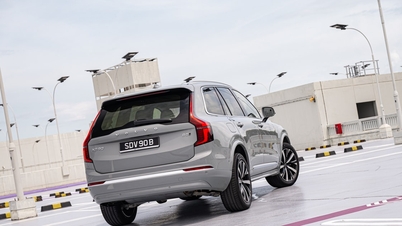

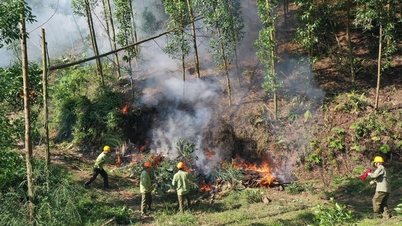

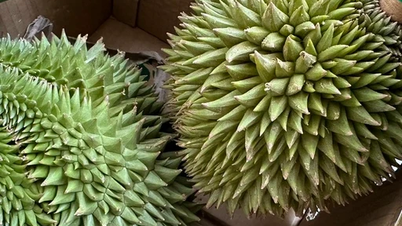





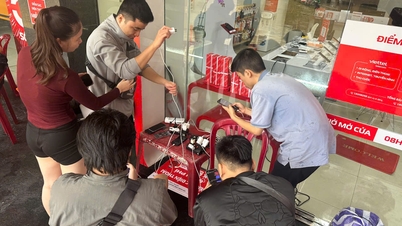
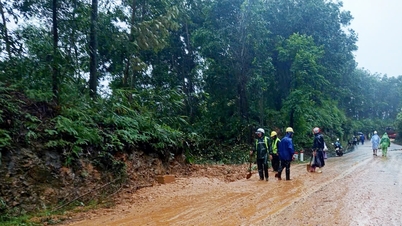
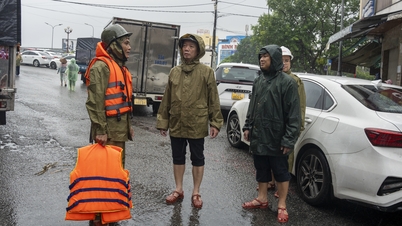
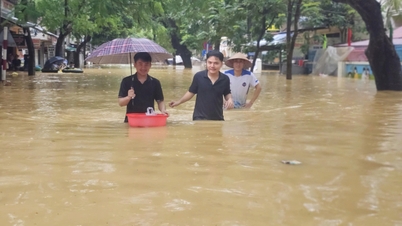
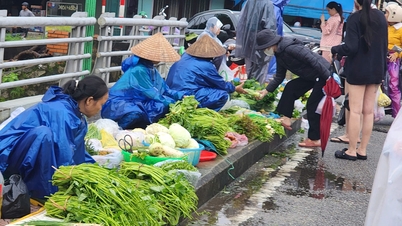

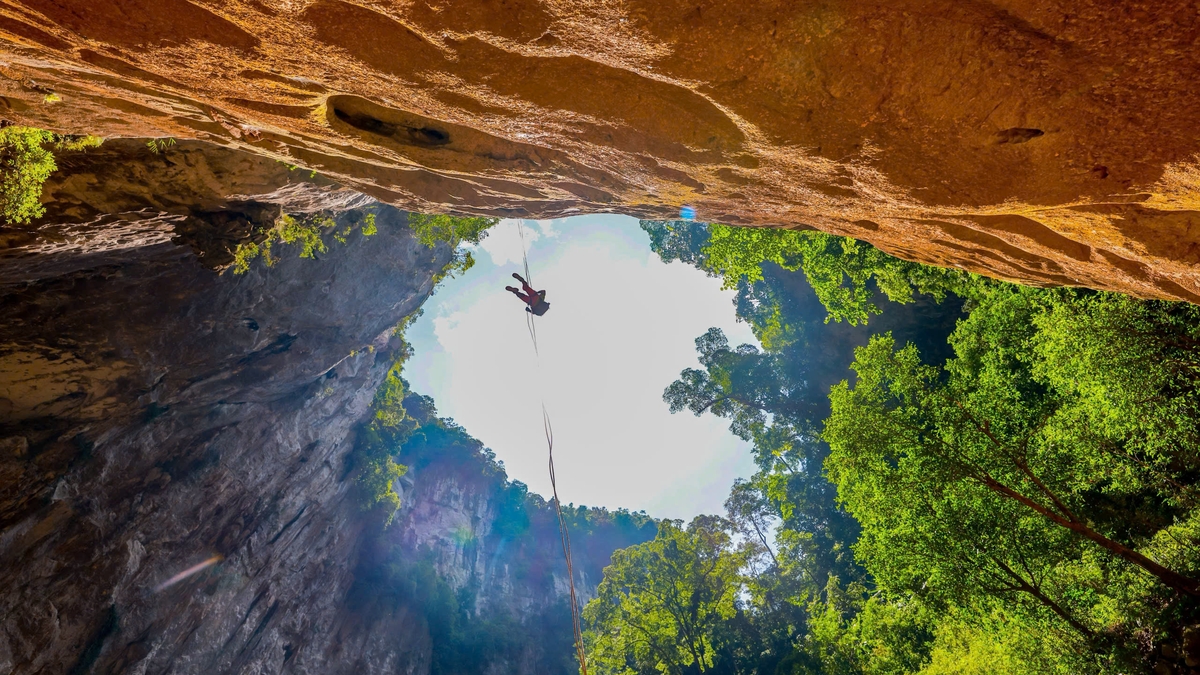

![[Photo] The 5th Patriotic Emulation Congress of the Central Inspection Commission](https://vphoto.vietnam.vn/thumb/1200x675/vietnam/resource/IMAGE/2025/10/27/1761566862838_ndo_br_1-1858-jpg.webp)








































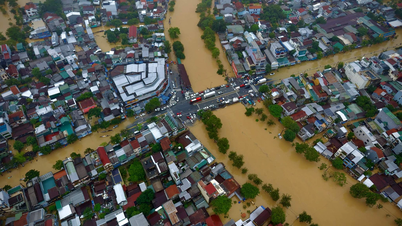

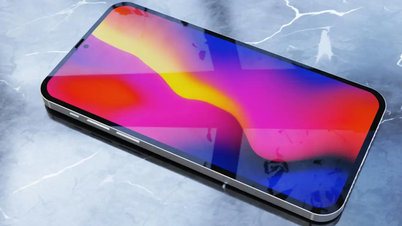




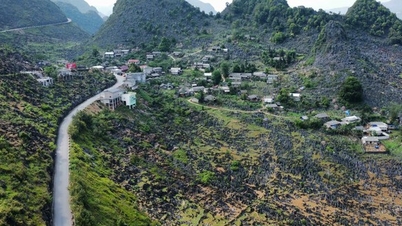



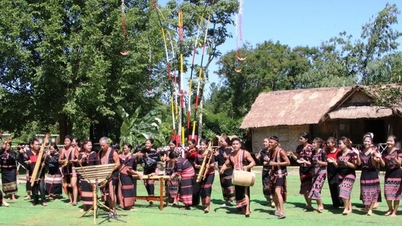

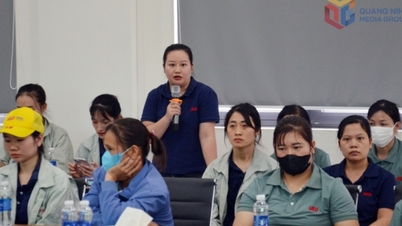

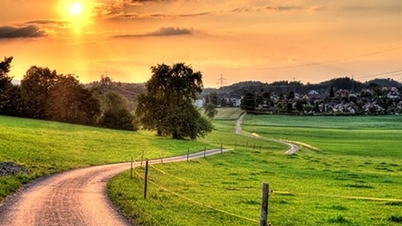

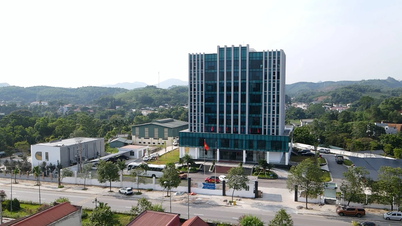
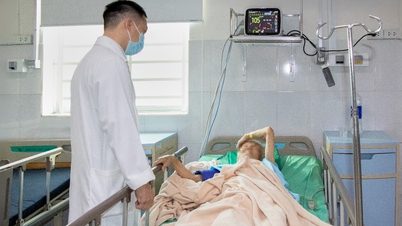
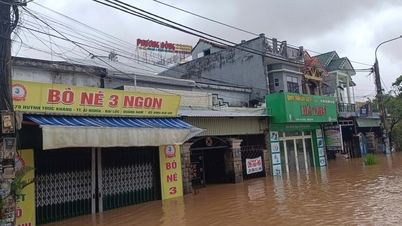











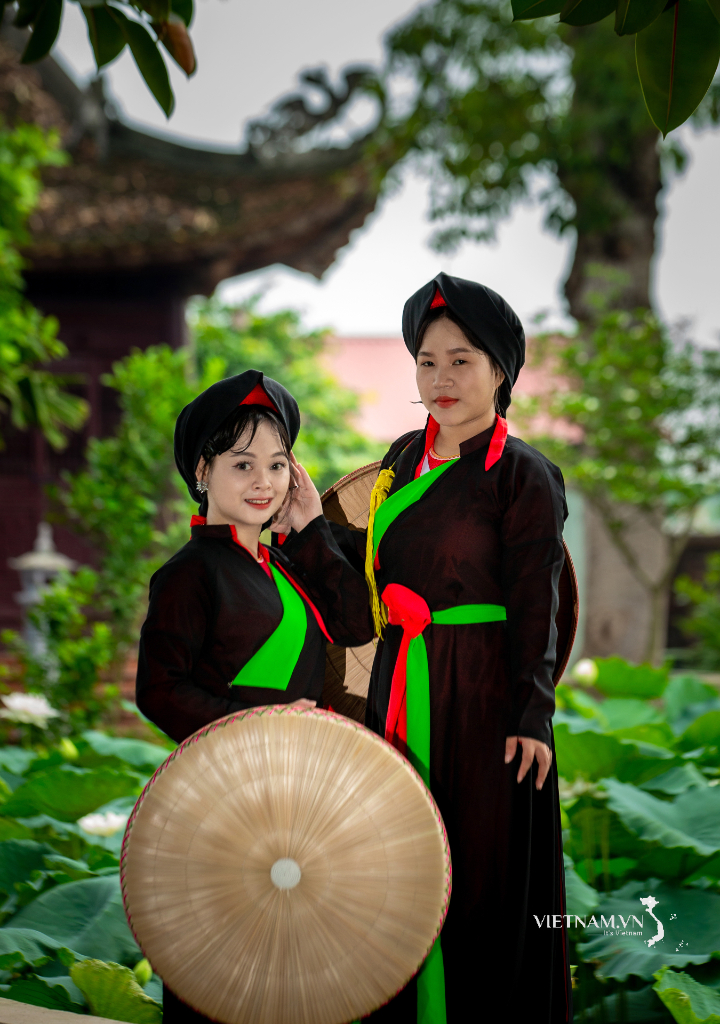
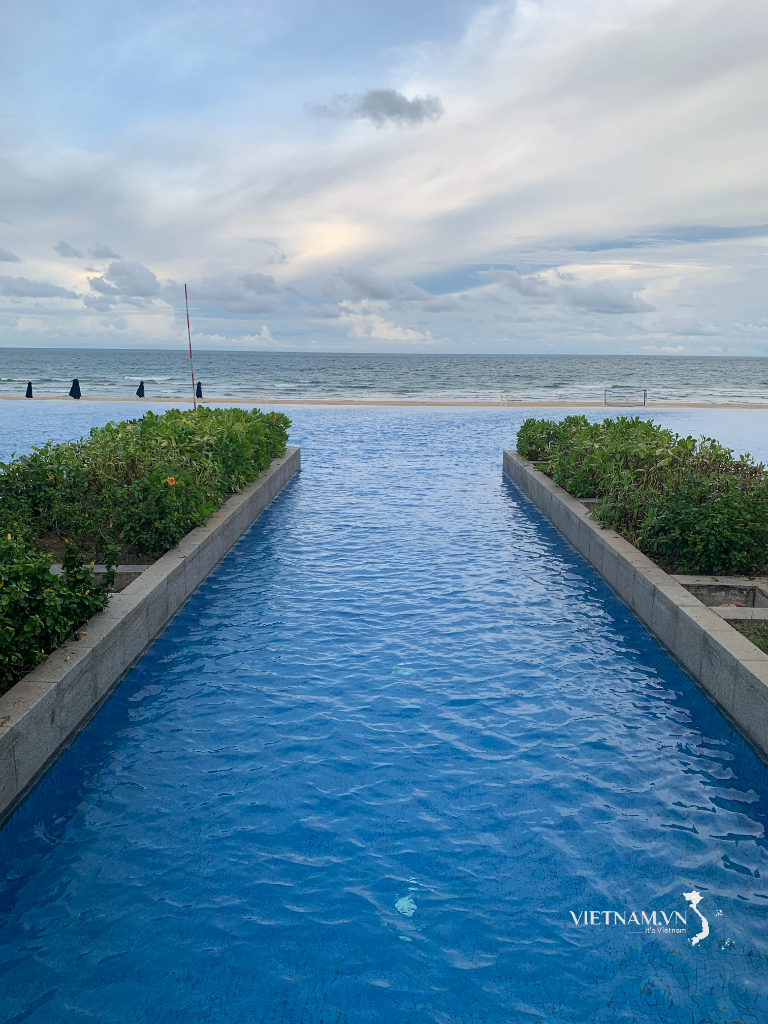
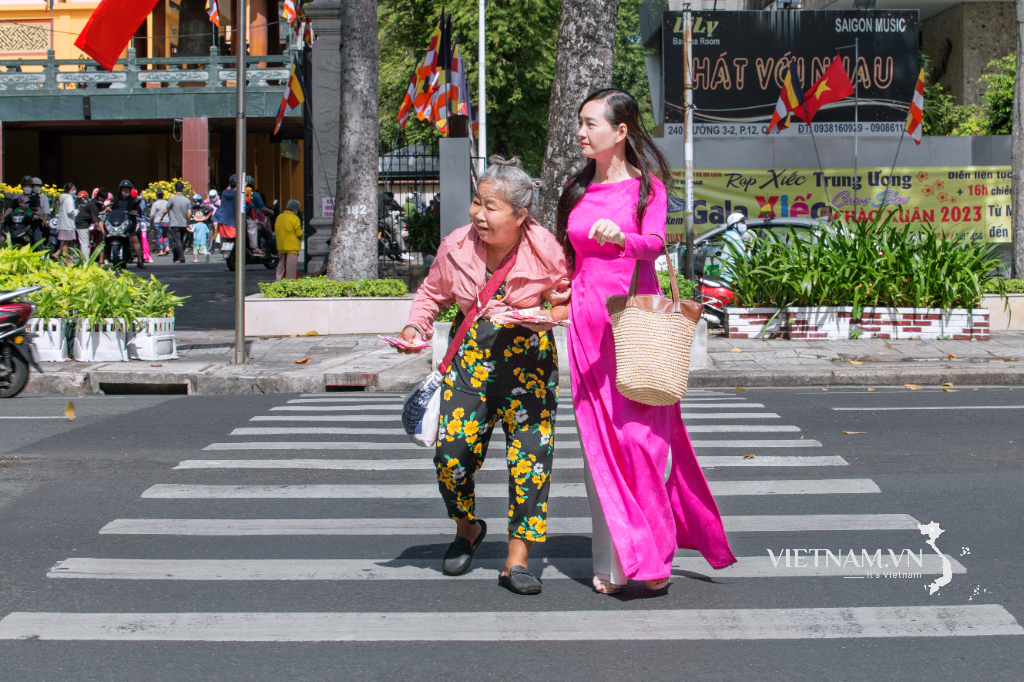

Comment (0)